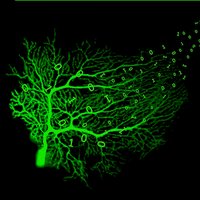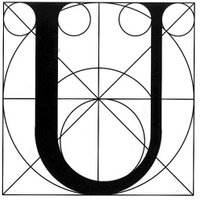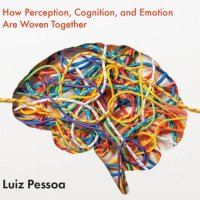
Cognition in Action Lab
@cognitionin
We see action as a driving power in cognition, in individual as well as in social contexts
ID: 1301494490235105280
http://cialab.unimi.it 03-09-2020 12:17:37
121 Tweet
182 Takipçi
153 Takip Edilen


Geoffrey Hinton's Lecture: The Boltzmann machine (part of excellent course). youtube.com/watch?v=kytxEr… The 1984 tech report by Hinton, Sejnoswki and Ackley, and tutorial account, plus comments by Sejnowski are in this book: jamesstone.sites.sheffield.ac.uk/books/theaipap… youtube.com/watch?v=kytxEr…


What are mechanisms? Unpacking the term is key to progress in neuroscience thetransmitter.org/the-big-pictur… - by Lauren N. Ross and Dani S. Bassett, with comments by 9 neuroscientists




🧠 JUST PUBLISHED: Our new study in Scientific Reports reveals how our body knowledge fundamentally shapes how we perceive motion! The influence is robust,even against competing unconscious visual cues 🔗: nature.com/articles/s4159… #MotionPerception #CognitiveScience




Huge shoutout and thanks to the amazing co-authors, our participants, and funders! corrado sinigaglia Francesca Garbarini Alice Rossi Sebastiano Marcella Romeo Luigi Cattaneo CIMeC UniTrento dipafilo_unimi Cognition in Action Lab Università degli Studi di Milano Filosofia @LaStatale #PRIN #ERC


Great paper on peripersonal space by Iannetti Lab



